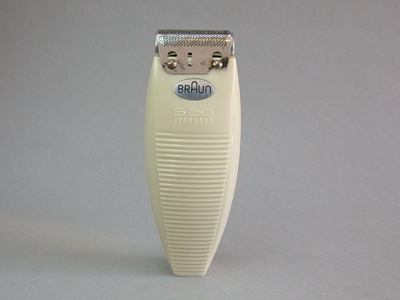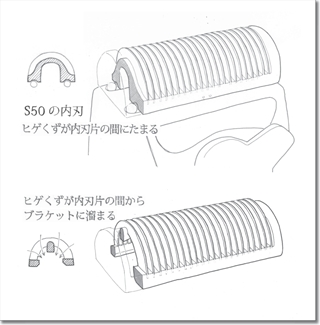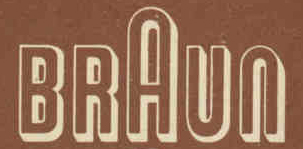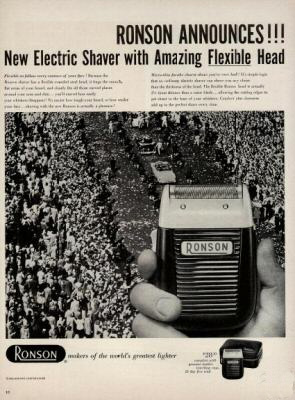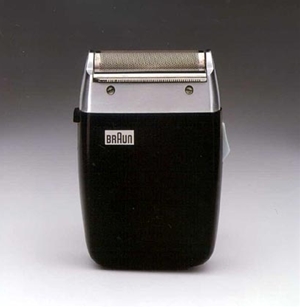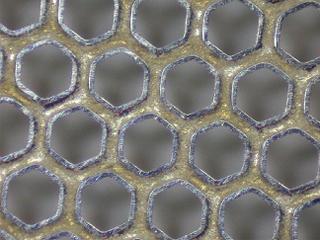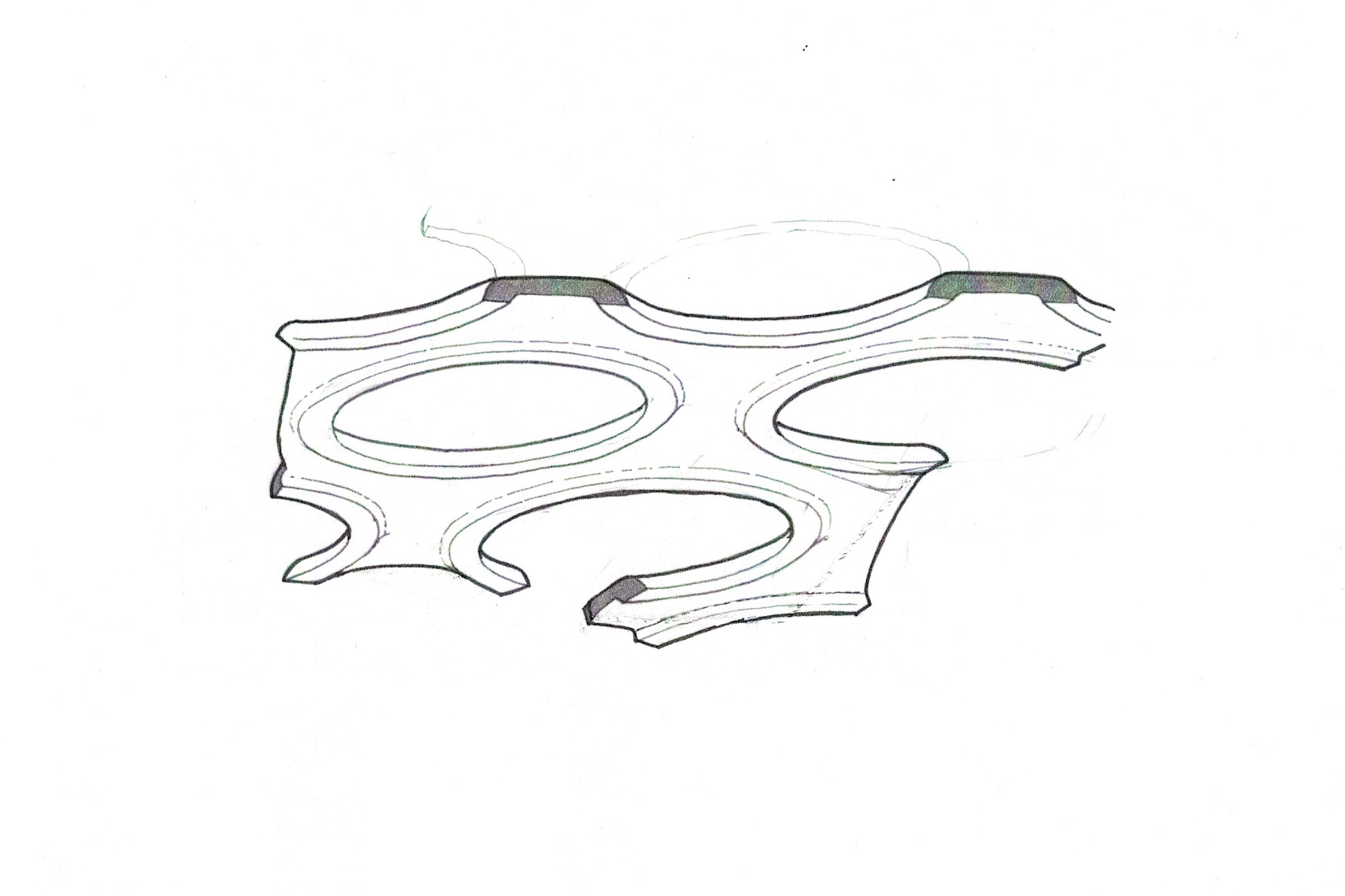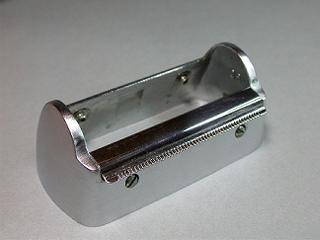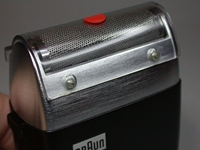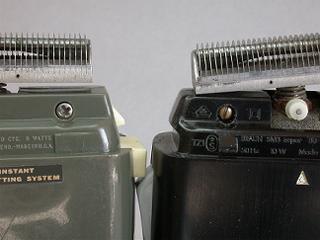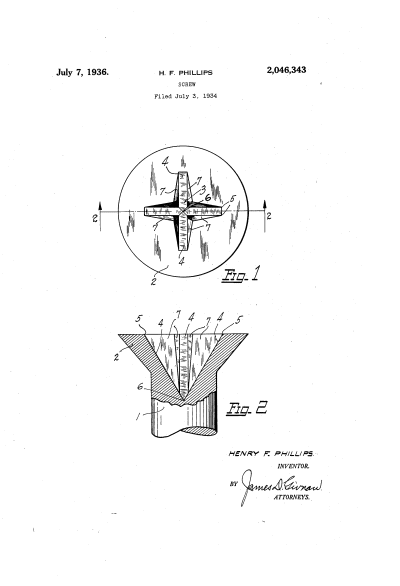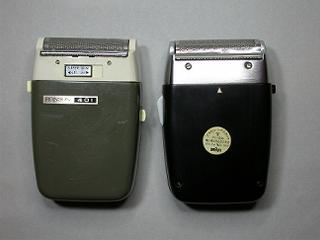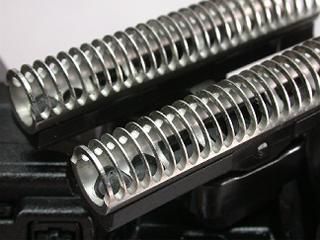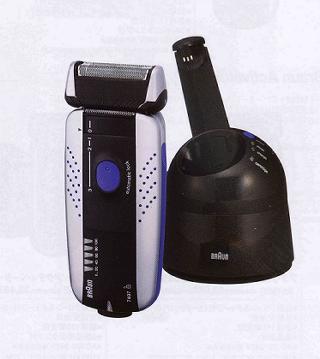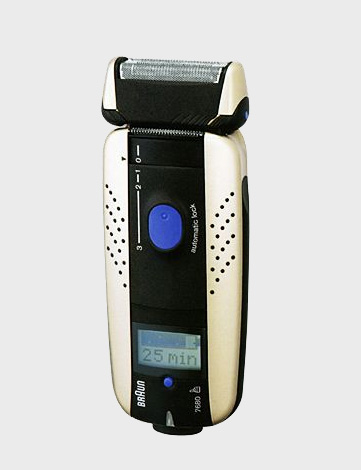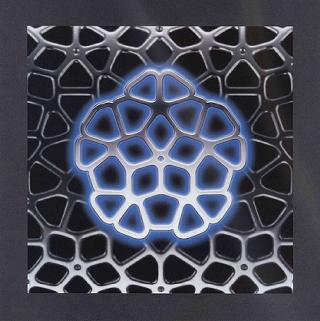■THE BEGINNINGS OF THE SHAVER
Do you know when and by whom the electric shaver (electric razor) you use every morning was made?
■BRAUN 
The company BRAUN was founded in 1921 by Max Braun. Two years later, it entered the radio equipment industry, starting with the supply of parts and eventually manufacturing complete radios. In Japan, "BRAUN" is famous as a manufacturer of electric shavers, but the company only started selling shavers after World War II. Until then, BRAUN had expanded its product range from radios to phonographs and stereos, becoming a major manufacturer of household electrical appliances. By the late 1920s, it had become one of the leading radio manufacturers in Germany. BRAUN was particularly enthusiastic about developing new concept products, such as combination models of radios and record players, which it released ahead of other companies.
During World War II, the production of civilian goods was reduced, and the company shifted to manufacturing military products. As a result, the manufacturing plant in Frankfurt suffered devastating damage from air raids.
In 1950, BRAUN released the electric shaver S50.

■ After the end of World War II, BRAUN resumed production of radios and lamps, and in 1950, it released the electric shaver. The model number "S50" was derived from the year of its release. The structure of the S50, with thin steel inner blades set vertically in a die-cast block and reciprocating horizontally, covered by a thin foil, established the modern reciprocating foil shaver method.
The first company to adopt the foil was Sunbeam, with the inner blades moving in a reciprocating motion along the curved surface of the foil. The idea of horizontally reciprocating inner blades was devised by Schick, the "ancestor" of electric shavers, with the inner blades sliding within the grooves of the outer blades. BRAUN's original contribution was the reciprocating motion of the inner blade block with vertically set steel blades. The S50 had several versions:
- Model-1
- Prototype version made for patent application in 1938/1940.
- Model-2 L70
- Black and white, no S50 marking, considered for export to the US with a 110V/220V switch, sold in 1950 for DM35.50.
- Model-2 L72
- Black and white, no S50 marking, 110V/220V switch, sold in 1951 for DM44.50.
- Model-2 L72
- Black and white, with S50 marking, 110V/220V switch, sold in 1953 for DM44.50.
There were also models with marks such as "Hispano Suiza" or "Unicorn SK-1" instead of the BRAUN name.
Looking at the actual S50, there was no bracket (blade frame) covering the head, and the thin foil was directly placed over the inner blades. Early Schick and Remington models were the same, but this allowed beard debris to spill out from the sides. The S50 had a closed-section inner blade block designed to collect beard debris between the blades. Another feature not found in modern shavers was the use of steel balls between the inner blades and the main body, serving as bearings. The thin steel outer blades were pulled from both ends to fit along the curved surface of the inner blades, ensuring smooth reciprocating motion. This feature was unique to the S50, and later models with fixed outer blades did not have it.
The inner blades were perpendicular and at right angles in both the sliding and vertical directions, but the oval-shaped holes in the outer blades were tilted about 10 degrees to create a "pinching angle." The oval holes also had wave patterns on both sides, and the edges of the blade holes had patterns, a characteristic of BRAUN foils already visible.
BRAUN Logo
■ In 1951, founder Max Braun passed away, and his two sons took over the company. They commissioned the Ulm School of Design to refine BRAUN's product design and logo. The BRAUN mark with the extended "A" had been used since 1935, but it was redesigned in 1952 to the current logo.
1954, BRAUN signed a licensing agreement with the US company Ronson
This was considered the largest post-war consumer products/business transaction. According to this agreement, BRAUN supplied a shaver similar model to the Sixtant to Ronson for the USA market.
1955
As Model-3, BRAUN released the "300 De Luxe."This was the second model, but the model number was "3." The outer blades were mounted on a bracket (blade frame), making it similar to modern shavers. The concept was the same as the model produced for Ronson.
1958
BRAUN released the "Standard 1," also known as "5600," a four-digit model number that continues to the present day. In 1960, a trimmer was added, creating the "5610" as "Standard 2" (S61).
1962
BRAUN released the Sixtant, model number "5310." It featured a die-cast silver bracket with a matte-finished resin housing, making it an advanced design. The Sixtant established BRAUN's position in the shaver market. The hexagonal foil pattern might be the origin of the Sixtant name. In Japan, BRAUN signed an exclusive distributor agreement with Hattori Seiko, officially entering the Japanese market. At a time when the average starting salary was 18,000 yen, the Sixtant was a high-end product priced at 10,000 yen, at Ginza Wako. The high evaluation in the "Kurashi no Techo" magazine test contributed to its popularity in Japan.
The Sixtant model "SM3" in hand features a hairline-finished die-cast bracket and a matte black resin housing with a design of large arcs, different from the later combination of straight lines and arcs. It was designed by Hans Gugelot and Gerd Alfred Müller, professors at the Ulm School of Design.
The foil of the "SM3" has a "sink" formed on the back, similar to the cross-section of modern foils. This "sink" was not present in the first shaver "S50." The S50 foil was made using an etching process, which involved corroding metal plates to create holes. This allowed for free hole processing on thin foil materials. The S50 achieved thinner and more flexible foils than previous models like Sunbeam, but this caused the inner blades to touch the skin, leading to irritation.
In contrast, the outer blades of the "SM3" had protrusions along the blade holes on the back, creating a micron-level space from the inner blade tips, reducing irritation. This protrusion, called a "sink," was made possible by using electroforming and nickel material. Electroforming, similar to plating, allowed for fine processing by molding metal on a plate. It is also applied to inkjet printer nozzles. The protrusions, about 10 microns thick, were formed along the blade holes, with the tips serving as the cutting edges. As the inner blades slid, these protrusions wore down, and once they were gone, the foil material itself wore down, leading to foil damage. The lifespan of the foil was until these protrusions were completely worn out.
The hairline-finished die-cast bracket (outer blade frame) had two screws on each front and back side. These screws held the inner blade retaining clips from the outside, and the screw heads on the back also served as part of the design, holding the protection cap in place without looking out of place.
The screws and bolts visible on the Sixtant's outer blade frame and front and back housing were slotted screws, while the contemporary Ronson 601 already used Phillips screws. Although the Phillips screw patent was granted in 1936, its adoption rate differed between the US and Europe.
【Trivia】
● The Phillips screw is named after its inventor, Henry Phillips, who applied for the patent in 1936. It has no relation to the shaver brand Philips. The American Screw Company, which acquired the patent, initially used it in aircraft.
Between S50 and Sixtant
When discussing BRAUN shavers, the "Sixtant" often follows the "S50," but there were 12 years between these two models. In reality, several models were released during this period, such as the "300 De Luxe" in 1955 and the "Standard" model seen in Hattori Seiko posters. I have three Ronson models on hand, with model numbers "200," "260," and "401."
■The "200" had a resin bracket, with the outer blades positioned by being clamped at the bottom of the bracket, creating a "modern" structure where the outer blades and bracket were integrated. The inner blades were the same closed-section block as the S50.
■The "260" had the same configuration as the "200," with the outer blades fitting into the bracket edge, but the inner blade block was hollow, allowing beard debris to pass through and accumulate inside the bracket, similar to modern shavers. The outer blade pattern also changed from the S50's oval shape to the Sixtant's hexagonal shape.
■The "401" had the same structure and main dimensions as the Sixtant. The inner blade oscillator, which was slightly offset to the left in the "200" and "260," was centered in the "401," and the outer blade pattern was hexagonal like the Sixtant. The method of fixing the foil also changed from clamping at the bracket edge to pinning at the back of the bracket. When comparing the "401" and the Sixtant side by side, their specifications and dimensions appear identical.
1960s
In the 1960s, BRAUN also sold rotary and foil shavers. The year of the model in the photo is unknown, but it has a model number "B11" and "Made in West Germany" displayed on the nameplate. The Sixtant also had a common symbol, a "red dot" on the protection cap.
1965
BRAUN chose Kronberg, near Frankfurt, as its new headquarters. This remains the headquarters to this day. Google Map: frankfurter Strase 145 61476 Kronberg im Taunus, Germany
1967
The American company Gillette acquired a majority stake in BRAUN AG, bringing it under the Gillette umbrella. At that time, Gillette was expanding its business by acquiring various companies. Already the largest safety razor company in the US, this acquisition drew comments from the US Department of Justice under antitrust laws, and it was ultimately decided that BRAUN shavers would not be sold in the US market until 1984.
1968
BRAUN ended its exclusive distributor agreement with Hattori Seiko and began direct sales activities. The headquarters was located in Yamashita-cho, Naka-ku, Yokohama.
1972
BRAUN released the shaver "Syncron."
1979
BRAUN released the shaver "Micron 2000" simultaneously in Europe.
1985
BRAUN released the shaver "System 1-2-3." This was the last top model of single-foil shavers. The functions and product names were easy to understand: 1-foil shaving, 2-curly beard shaving, 3-trimming. The design and quality, including the die-cast bracket, foil cassette, and housing with protrusions inherited from the Micron, were well-received. In the German catalog, the name "Micron Vario3" can also be seen, suggesting it was positioned as an evolution of the Micron shaver.。
1988
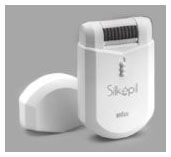
BRAUN achieved the production of 100 million shavers (Walldurm factory). Sales in Japan were also strong, with annual sales said to be 2 million units. The Japanese shaver market was much larger than the German market at that time, making Japan the most important market for BRAUN.
【Trivia】
● In 1990, BRAUN acquired the French company Silk-Epil SA, entering the women's hair removal market. Silk-Epil had a patent for a disc-based hair removal method and had been supplying hair removal devices to Matsushita Electric for several years. With BRAUN's (and thus Gillette's) acquisition, Matsushita moved to develop its own method.
● The first personal electric hair removal device was developed by the Israeli company Epilady. It was sold in drugstores and pharmacies in Japan as well. It used a twisted coil spring that rotated to open and close the coil for hair removal. The story goes that the developers tried to sell it to electric manufacturers worldwide (most of the planners were men who didn't understand that "a little pain for beauty" was acceptable) but were not adopted by any company, so they manufactured and sold it themselves.
1990
BRAUN released the "Flex Control" with a "pivoting head" and "dual blades." The new mechanism, where the head swings back and forth with the foil tips as the pivot, became the basic function of subsequent BRAUN shavers (with multiple blades). The inner blades also had a new structure, finished as if carved from hollow round steel, with two inner blades mounted on a common base and a single oscillator.
【Trivia】
In 1991, BRAUN released a new concept electric toothbrush with a rotating brush. This was likely a synergistic effect of Gillette's acquisition of Oral-B in 1984.
1994
BRAUN released the "Flex Integral-3," adopting a new head with a trimmer blade placed between two pivoting foils.
1999
BRAUN released the "Flex Syncro System C/C." The water-washing function, which started with Japanese shavers, was further enhanced by BRAUN with the development of a high-function dedicated cleaning basket that also served as a charging terminal, and the sale of dedicated cleaning liquid cartridges, creating a new business model. C/C stands for Charge and Clean. The design changed dramatically, moving away from the concept of connecting straight lines with arcs to a new concept combining a housing with bulges and a clearly separated head.
【Trivia】
The design change may be related to the retirement of Dieter Rams, who was a central figure in BRAUN's design, in 1997.
2001
BRAUN released the "Syncro System Logic." This model introduced circuits to manage the entire shaver, expanding the shaving range with head vibrations and other new basic functions. From this model, the name "Flex" disappeared, and Flex Syncro System and Syncro System Logic coexisted with the same design, making it a bit complex.
2002
BRAUN released the "Free Glinder," a competitor to Philips' Cool Skin, which applied conditioner during shaving and was claimed waterproof washing with a skeleton housing.
2003
BRAUN released the "Activator," with a new concept foil pattern, arranging four types of hole shapes in five directions, called the Activator pattern.
2004
BRAUN released the "Activator-X," increasing the number of inner blades from 27 to 31.
【Trivia】
In 2005, BRAUN's parent company Gillette was absorbed by Procter and Gamble, bringing Gillette's subsidiaries Braun, Duracell, and Oral-B under P and G's umbrella. In 2007, P and G Japan and Gillette Japan were integrated.
2006
BRAUN released the "Prosonic." It adopted a "linear drive motor" along with the scoop angle (49 degrees) inner blades and Li-ion batteries from the previous model, resulting in a compact new form housing.
※BBCtwo video
2009
BRAUN refreshed its model range with new names, grouping them into four series: 7, 5, 3, and 1, along with the stylish model "cruZer3," making a total of five model groups.




